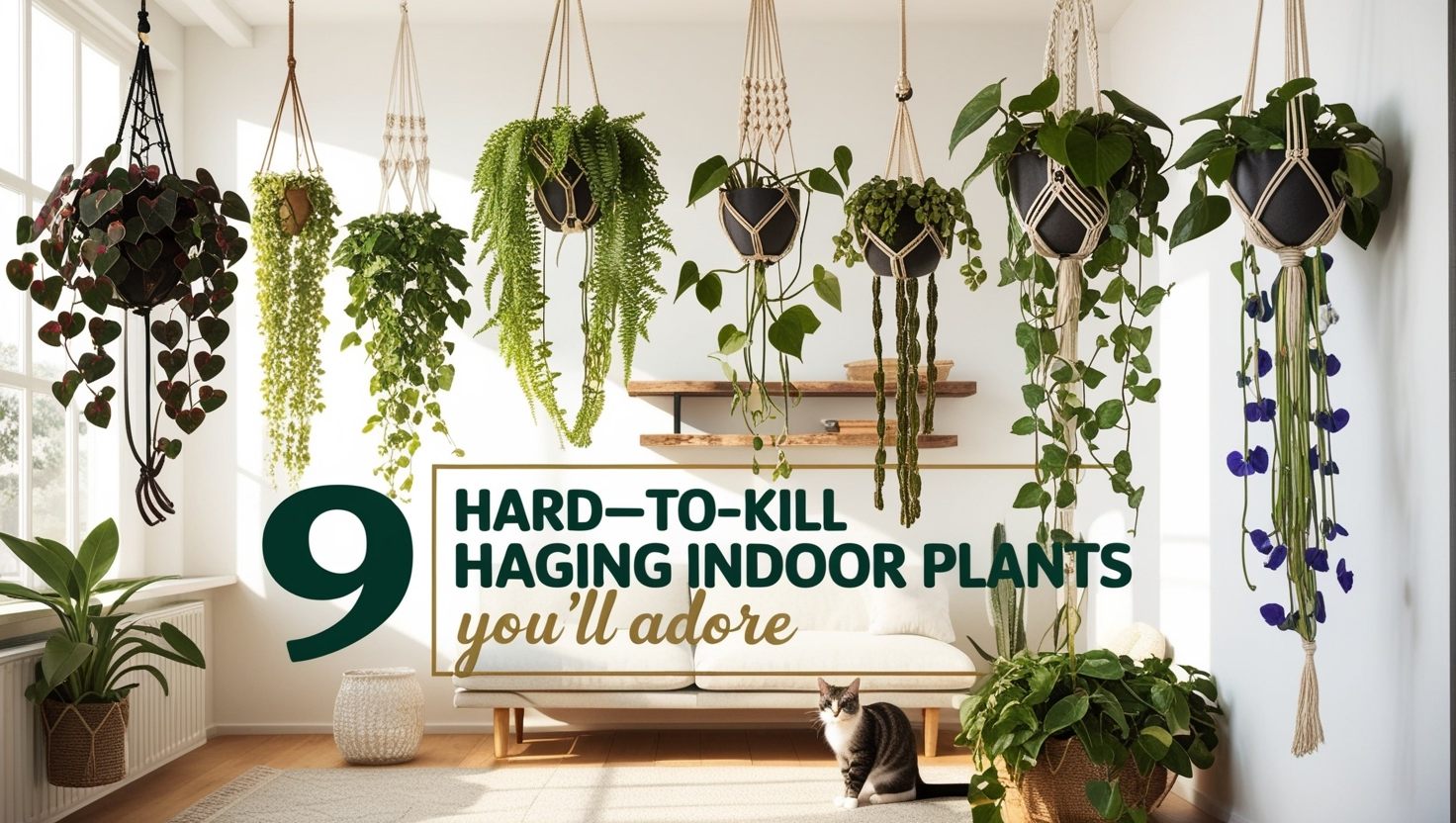
9 Hard-to-Kill Hanging Indoor Plants You’ll Adore
Hey, we’re gonna talk about indoor hanging plants today. I put together a list for you of nine of my favorite plants that are hard to kill and easy to love. I don’t know if you’ve noticed, but plants right now are really popular. Obviously, we’ve always had plants in our homes, but right now they just seem to be particularly popular on social media and just basically wherever you look on the internet. If you’re looking at interior photos and stuff, plants are everywhere. The problem with having a lot of plants is that they fill up your house pretty quickly.
One thing you can do to incorporate even more plants into your space is to hang them. And that’s what a lot of people are doing nowadays, and it looks great. So, there are just a few things to keep in mind before you go plant shopping. It’s four things: light, water, humidity, and toxicity. If you have pets and you don’t want them to die, then don’t get a plant that’s toxic to your pet, okay? So, let’s get started with the list.
Why Choose Hanging Indoor Plants?
Hanging indoor plants are more than just a trend—they’re a smart way to bring nature into your home without sacrificing space. They elevate your decor, purify the air, and add a touch of greenery where floor space is limited.
How to Care for Hanging Indoor Plants
Caring for these plants is simpler than you think. Focus on their light, water, and humidity needs, and always check for pet safety. With the right setup, these beauties thrive with minimal effort.
Hanging Indoor Plants That Thrive Indoors
1. Devil’s Ivy – The Unkillable Classic

The first plant on our list is the Devil’s Ivy. The Devil’s Ivy is very satisfyingly leafy. It’s very easy to care for, and actually, it gets its name from the fact that it is so difficult to kill—it’s basically impossible to kill, elbows Ivy, get it? Devil’s Ivy is an evergreen trailing vine. It requires very little sunlight, very little water, and some humidity, but not a lot. Very, very easy plant, and quite beautiful. The leaves are heart-shaped. For this reason, Devil’s Ivy often gets confused with philodendron—even in stores, sometimes it gets mislabeled. However, this plant is toxic to pets, so you’ll want to stay away from it if you have animals at home.
2. Boston Fern – Lush and Pet-Safe
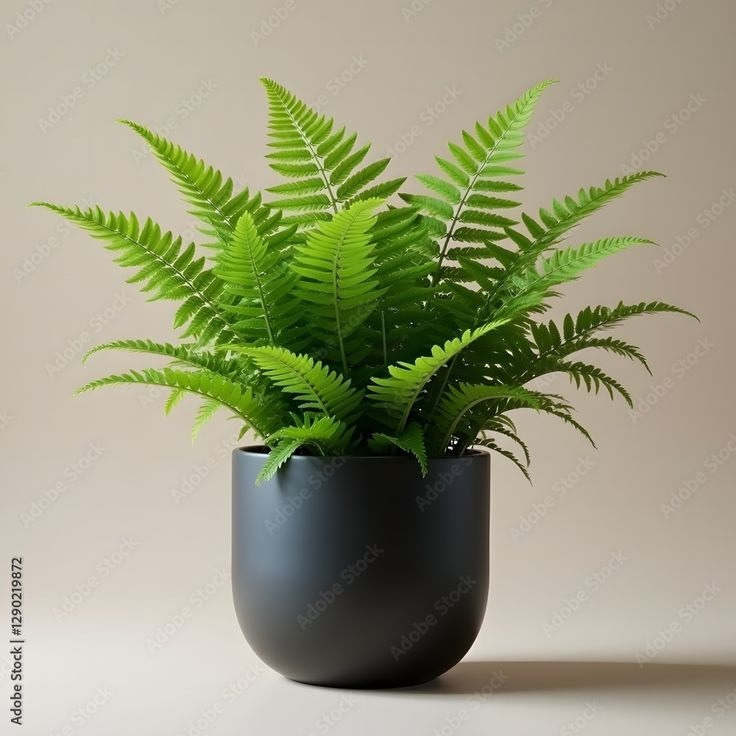
The second plant on the list is the Boston Fern. Everyone knows what a fern is, right? They’re beautiful, bushy plants with serrated fronds, and they’re a beautiful, vibrant green. They’re really great because they’re very tolerant of drought. Although they do require quite moist soil, they can go through periods without water. They are non-toxic to pets, which is great.
3. Heart Leaf Philodendron – A Resilient Beauty
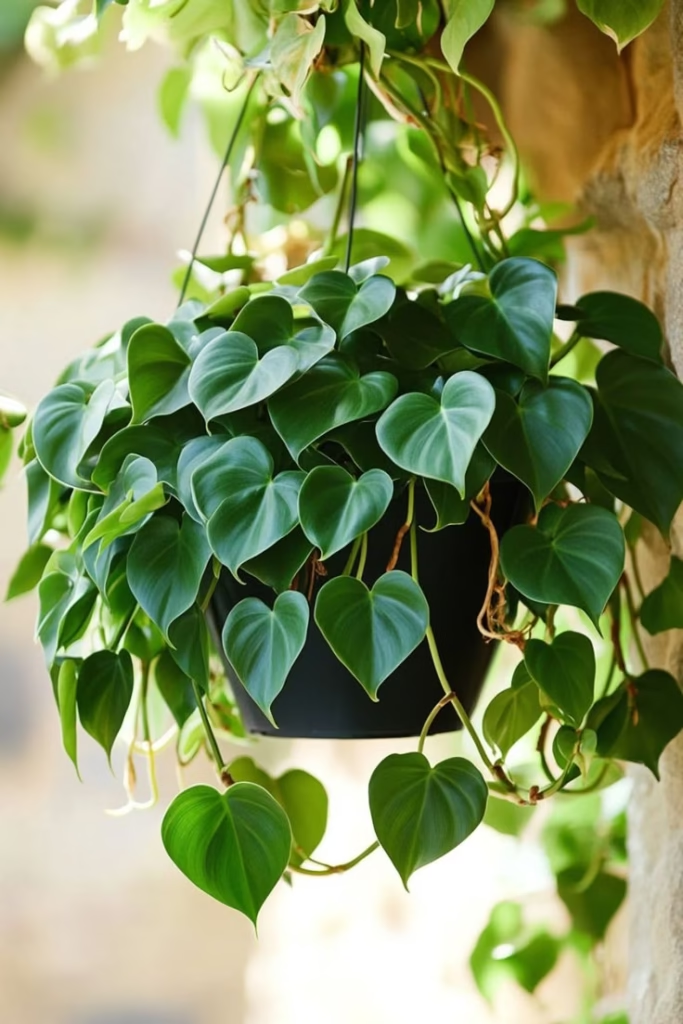
The next plant is the Heart Leaf Philodendron. This is a beautiful evergreen climber. It has deep green, glossy, heart-shaped leaves and is extremely tolerant to drought. I know this from personal experience—you can leave this plant, the soil can become bone dry, and it will be fine. Obviously, don’t do that; try and water it every now and then, but this plant is gonna do fine. I’ve had mine for years, and it does great. The Heart Leaf Philodendron requires medium sunlight, medium water, and medium humidity. They are actually toxic to pets, but they don’t drop a lot of leaves either. So, I mean, we have a dog, and we have Heart Leaf Philodendron, and I shouldn’t say this—I don’t want to promote people to get this plant if they have pets. It’s toxic, period.
4. Spider Plant – Retro Vibes, Modern Appeal
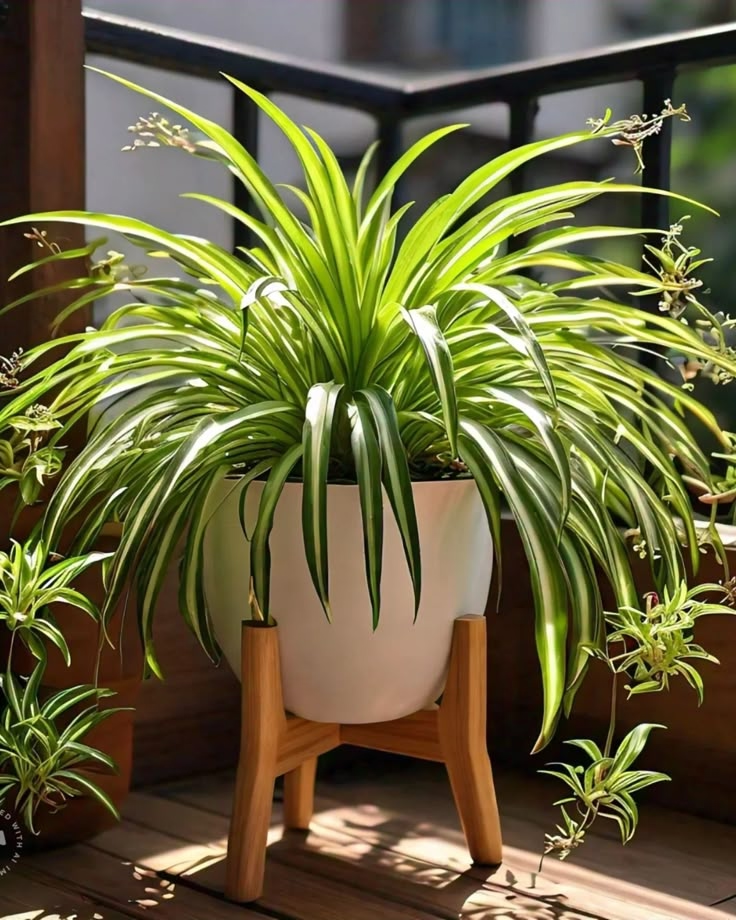
Now, the next plant on the list is the good old Spider Plant. The Spider Plant was really popular, I think, in the 70s, and then it fell out of favor, but it’s back now. People love the Spider Plant. This is because it’s really, really easy to take care of. It comes in a few different—quite a few different—varieties. I think there’s the stripey kind, and then there’s just the solid green kind, which is what I have. They’re actually very visually impressive when they grow because they have these arched shoots that look beautiful from a hanging pot or basket. Spider Plants require a high amount of sunlight, a moderate amount of water, and a moderate amount of humidity, but they are very easy to look after. Spider Plants are non-toxic to pets, which is great, so you can put them in your home if you have dogs or cats, and you’ll be fine.
5. English Ivy – A Climber with Character

The next plant is the English Ivy. English Ivy is a woody, perennial climber. It is so easy to grow that it’s actually considered an invasive species in some countries. In fact, in Oregon, import and sales are actually banned. In hanging pots and baskets, though, it’s great because it’s easy to care for, and it won’t obviously take over the rest of your garden because it’s contained to a basket or to a pot. The amount of light that English Ivy needs is quite a lot—it needs bright light. It needs medium water and medium humidity. It’s also toxic to dogs and cats, so you’ll want to keep that away from your pets.
6. Mistletoe Cactus – Unique and Low-Maintenance

The Mistletoe Cactus is the next plant on our list, and it is incredibly easy to look after as it requires minimal light, and minimal water, but it does need a lot of humidity. It has droopy, pale stems and looks absolutely beautiful from hanging baskets. This plant actually produces flowers—there are little, small flowers and even edible fruits, which taste a little bit like grapes. This plant is not toxic to pets.
7. String of Pearls – A Succulent Showstopper
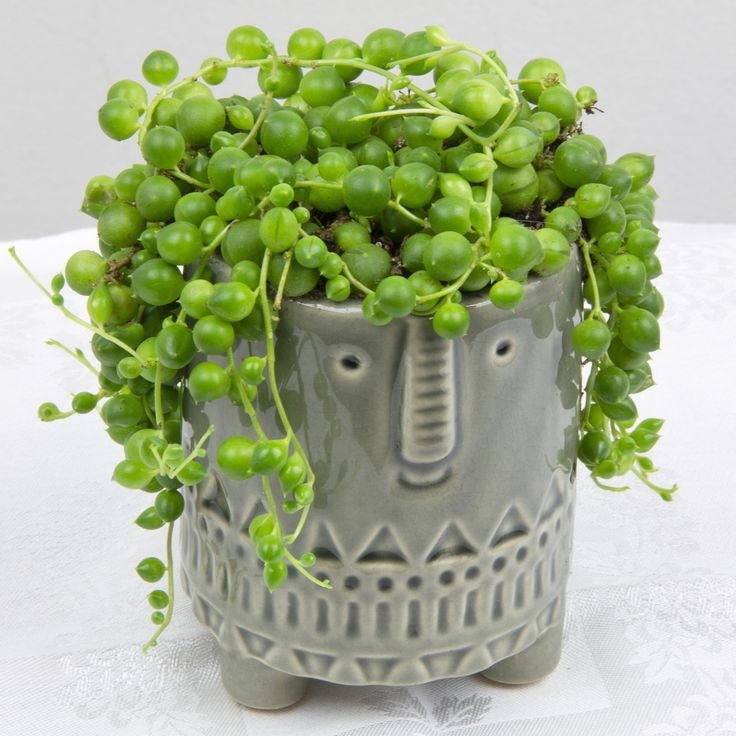
Next up is the String of Pearls. The String of Pearls is a beautiful, succulent, creeping vine, and like most succulents, it requires very little care to survive and thrive. The String of Pearls looks a lot like peas—like the peas that you eat—and they look absolutely beautiful if you grow it and you have it spill off to the side in a hanging pot or planter. It requires medium sunlight, very little water, and very little humidity, and it will do just fine. It is toxic to pets, so keep that in mind.
8. String of Hearts – Tiny Hearts, Big Impact

The next plant is the String of Hearts. The String of Hearts is another trailing succulent, and it is also very low-maintenance because it can tolerate neglect, and it’ll do just fine. This plant has vines that are adorned by little heart-shaped leaves, and they look really beautiful from hanging planters. The leaves are generally dark green, but if your plant doesn’t get quite enough sunlight, they may turn paler—so that’s one indication that your plant needs more sun. String of Hearts needs a lot of sunlight, minimum water, and medium humidity, and it is safe for pets. So, it is non-toxic to pets.
9. Morning Glory – Fast-Growing Floral Bliss
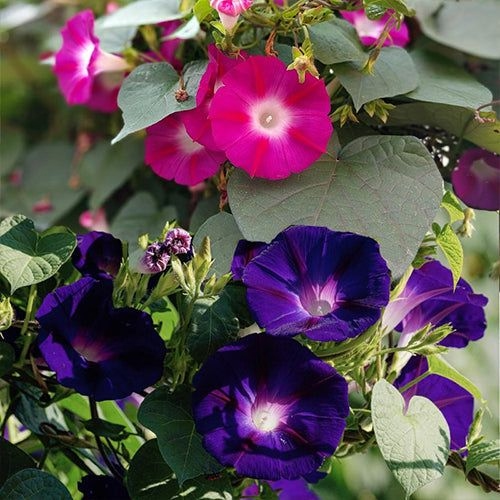
One of my favorite hanging plants to grow at home is the Morning Glory, and that’s the last one we’ll be looking at on this list today. They are so easy to grow from seed, it’s not even funny, and you can have a full plant in like two or three months with blooming flowers. The flowers on Morning Glories are shaped kind of like trumpets, and you can get lots of different colors, but my favorite is heavenly blue. Morning Glory flowers open in the morning and close at night—that’s why they’re called Morning Glories. They’re actually also considered invasive, I think, in some countries because they just grow like weeds, but they’re beautiful. It has this deep bluish-purple flower and beautiful thin vines that have these big, heart-shaped, deep green leaves. Morning Glories are vining plants, so naturally, they’ll try to vine and twine themselves around your pot, but you can kind of train them to hang if you let them grow. The seeds are really cheap to buy—they’re a couple of bucks, you can just plant them, and they’ll grow within a couple of months. Morning Glories need full sunlight, medium water, and medium humidity, and they are toxic to pets.
Final Thoughts
I hope you enjoyed this and that you found it useful. If you’d rather read this information, I put it together in an article that has all the same slides, and I’ll link to it below if you want to take a look at that. Thank you so much for reading, and we’ll see you next time!